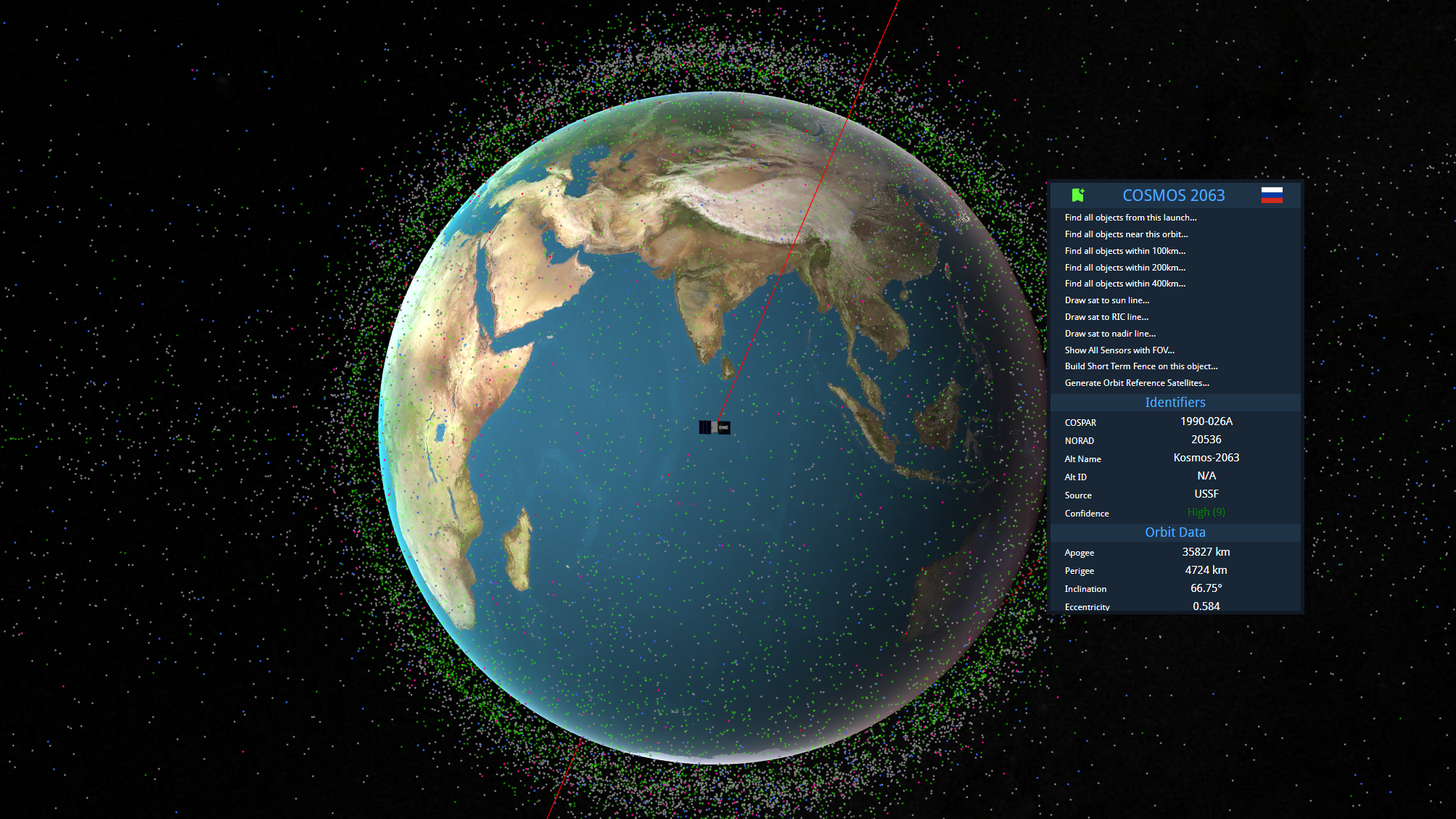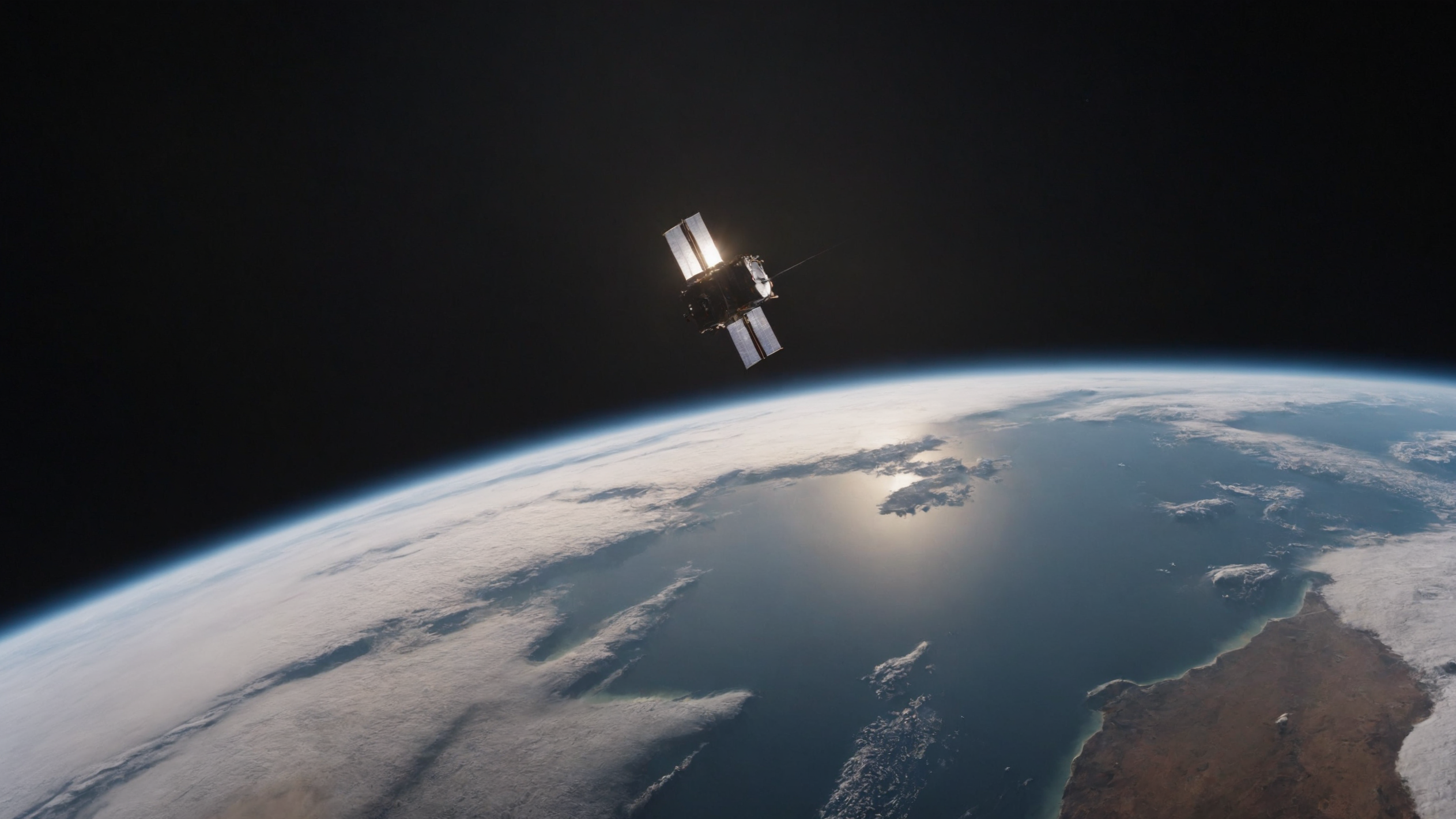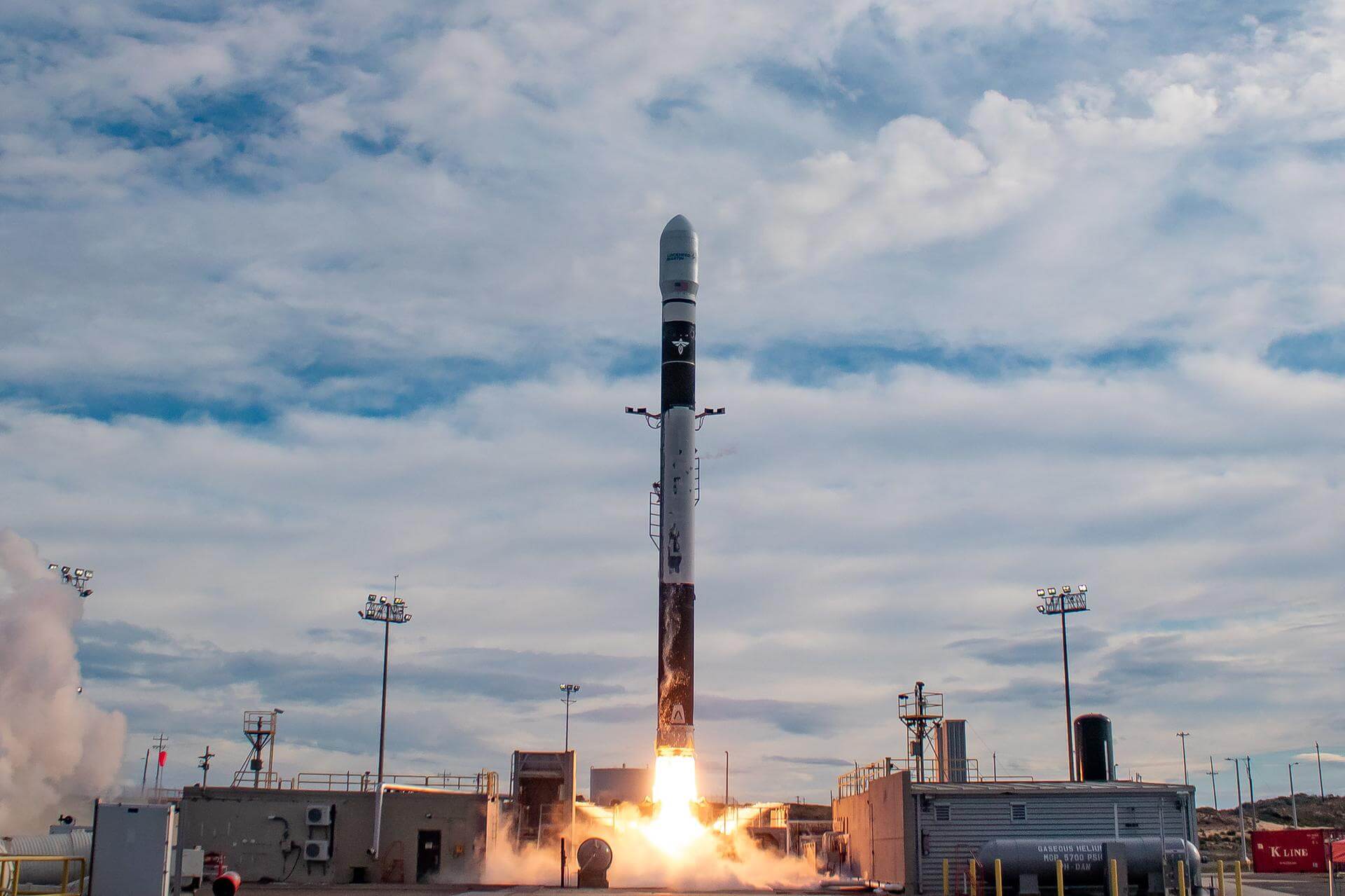· space brief · 6 min read
Space Brief 30 Jul 2025
Today's highlights include Space Force's new satcom design contracts, advances in AI training tools, Pentagon drone policy shifts, and the first Eris launch's failure.

📄Top Stories
The U.S. Space Force awarded design contracts to five major firms for its next-generation Protected Tactical Satellite Communications. In other military news, Slingshot unveils an AI agent designed to enhance Space Force training. Additionally, the first launch of Australia’s Eris rocket failed shortly after liftoff.
📰Detailed Coverage
Space Force Boosts Satcom with New Contracts
The United States Space Force has handed out contracts worth $37.2 million to Boeing, Northrop Grumman, Viasat, Intelsat, and Astranis. These six-month contracts are part of the development phase of the Protected Tactical Satcom initiative, which aims to enhance secure communication capabilities for military operations. The project involves creating resilient communication satellites that can withstand cyber threats and operate in contested environments.
This strategic move helps ensure the security and reliability of military communications, a critical aspect for national defense. As these developments may introduce new satellites, keeping track of their progress could benefit from our web app’s satellite tracking features.
Read the full story: SpaceNews
AI in Space Force Training
Slingshot Aerospace has revealed a new AI-driven agent to aid Space Force training by simulating adversaries’ spacecraft behaviors. The system operates in physics-accurate digital environments, providing trainees with realistic scenarios to improve their readiness for actual space operations. This advancement is expected to enhance the strategic training capabilities of military personnel by offering them a unique, hands-on approach to learn about potential threats and strategies.
This AI agent’s ability to mimic real-world physics in simulations makes it a valuable tool for preparing for and responding to space-based threats. Such innovations highlight the growing importance of AI technology in enhancing defense capabilities.
Read the full story: SpaceNews
Eris Rocket Falls Short on Maiden Launch
The inaugural launch of the Australian Eris rocket unfortunately ended in failure when the vehicle crashed seconds after liftoff on July 29. The rocket, developed by a small startup, was intended to demonstrate a new capability in the burgeoning Australian space industry. Despite this setback, the mission has offered valuable insights that could aid future attempts.
While the failure might be a temporary hindrance, it underlines the challenges faced by emerging space companies in entering the competitive launch market. Tracking the recovery and future progress of such efforts can provide insights into the viability of new players in the satellite launch sphere.
Read the full story: SpaceNews
Pentagon Revamps Drone Policy
The Pentagon has issued changes to its drone policy, potentially easing the bureaucratic hurdles for soldiers using small unmanned aerial systems (sUAS). The new directive aims to speed up processes by treating sUAS as expendable assets, similar to ammunition or artillery shells, thereby minimizing tedious investigations into property loss.
This policy change is expected to streamline operations and improve the efficiency of drone usage in military exercises, providing quick support and deployment capabilities essential for modern warfare.
Read the full story: Breaking Defense
Advancements in Turkey’s Air Defense
Aselsan, a Turkish defense firm, has announced the inclusion of new platforms to its Steel Dome national air defense system. The company plans to leverage international collaboration for co-production and co-design efforts, with the hopes of entering into export deals that expand Turkey’s presence in the global defense market.
These advancements highlight the strategic emphasis on enhancing air defense systems, which play a crucial role in national security and international relations.
Read the full story: Breaking Defense
🛰️Satellite Spotlight
- Satellite Name: COSMOS 2218
- NORAD ID: 22207
- Launch Date: October 29, 1992
- Mission: Navigation and data relay for various applications.
- Orbit: Low Earth Orbit (LEO)
- Operator: Vandenberg Media Film Resource (VMFR)
- Fun Fact: COSMOS 2218 is equipped with solar cells and batteries, providing it with a reliable power source for its long-term mission.
Track this satellite in real-time on our web app: Track COSMOS 2218
🌌Space Weather
Space weather conditions are currently quiet.
Current
R0 - S0 - G0
Last 24 Hour Maximums
R0 - S0 - G0
Recent Alerts
[]
Next 24 Hours
-
Radio Blackouts Probability
- Minor: 30
- Major: 5
- Risk: None
-
Solar Radiation
- Probability: 1
- Risk: None
-
Geomagnetic Storming
- Scale: 0
- Impact: none
- Activity: Low
-
Impact Summary
- Next 24 hours: No risk of radio blackouts.
- No risk of solar radiation storms.
- Geomagnetic outlook: No G1 (Minor) or greater geomagnetic storms are expected.
- No significant transient or recurrent solar wind features are forecast.
- Radiation outlook: No S1 (Minor) or greater solar radiation storms are expected.
- No significant active region activity favorable for radiation storm production is forecast.
Long Term Forecast
- Forecast of Solar and Geomagnetic Activity 28 July - 23 August 2025: Solar activity is expected to be at mostly low levels with a chance for M-class (R1-R2, Minor to Moderate) flares during the outlook period.
- No proton events are expected at geosynchronous orbit.
- The greater than 2 MeV electron flux at geosynchronous orbit is expected to be at high levels on 28 July, 05-06 August, and 10-23 August, mainly due to recurrent coronal hole high-speed stream (CH HSS) influences.
- Low to moderate levels are expected on the remaining days.
- Geomagnetic field activity is expected to range from active to G1 (Minor) storm levels on 04 August, 07-14 August, and 18-22 August, also due to recurrent CH HSS effects.
- Quiet to unsettled levels are expected on the remaining days of the outlook period.
Upcoming Space Launches
July 29
- Gilmour Space Technologies Eris-1:
- Maiden Flight from Bowen Orbital Spaceport (21:30 UTC) Maiden flight of Gilmour Space’s orbital launch vehicle Eris.
July 30
-
China Aerospace Science and Technology Corporation Long March 8A:
- SatNet LEO Group TBD? from Wenchang Space Launch Site, People’s Republic of China (07:41 UTC) A batch of Low Earth Orbit communication satellites for the Chinese state-owned SatNet constellation.
-
Indian Space Research Organization GSLV Mk II:
- NISAR (NASA-ISRO Synthetic Aperture Radar) from Satish Dhawan Space Centre, India (12:10 UTC) The NISAR satellite will use radar imaging to map Earth’s land and ice masses, observing complex natural processes.
-
SpaceX Falcon 9 Block 5:
- Starlink Group 13-4 from Vandenberg SFB, CA, USA (15:39 UTC) A batch of 19 satellites for the Starlink mega-constellation.
July 31
-
Rocket Lab HASTE:
- JAKE 4 from Wallops Flight Facility, Virginia, USA (01:45 UTC) Sub-orbital launch under the HASTE program.
-
ExPace Kuaizhou-1A:
- Unknown Payload from Xichang Satellite Launch Center, People’s Republic of China (01:51 UTC)
-
SpaceX Falcon 9 Block 5:
- Crew-11 from Kennedy Space Center, FL, USA (16:09 UTC) SpaceX Crew-11 is the eleventh crewed operational flight of a Crew Dragon spacecraft to the International Space Station.
August 3
- Blue Origin New Shepard:
- NS-34 from Corn Ranch, Van Horn, TX, USA (11:30 UTC) NS-34 is the 14th crewed flight for the New Shepard program.
August 4
- SpaceX Falcon 9 Block 5:
- Starlink Group 10-30 from Cape Canaveral SFS, FL, USA (04:11 UTC) A batch of 28 satellites for the Starlink mega-constellation.
Note: Launch dates and times are subject to change due to technical or weather considerations.

Maurice Stellarski





